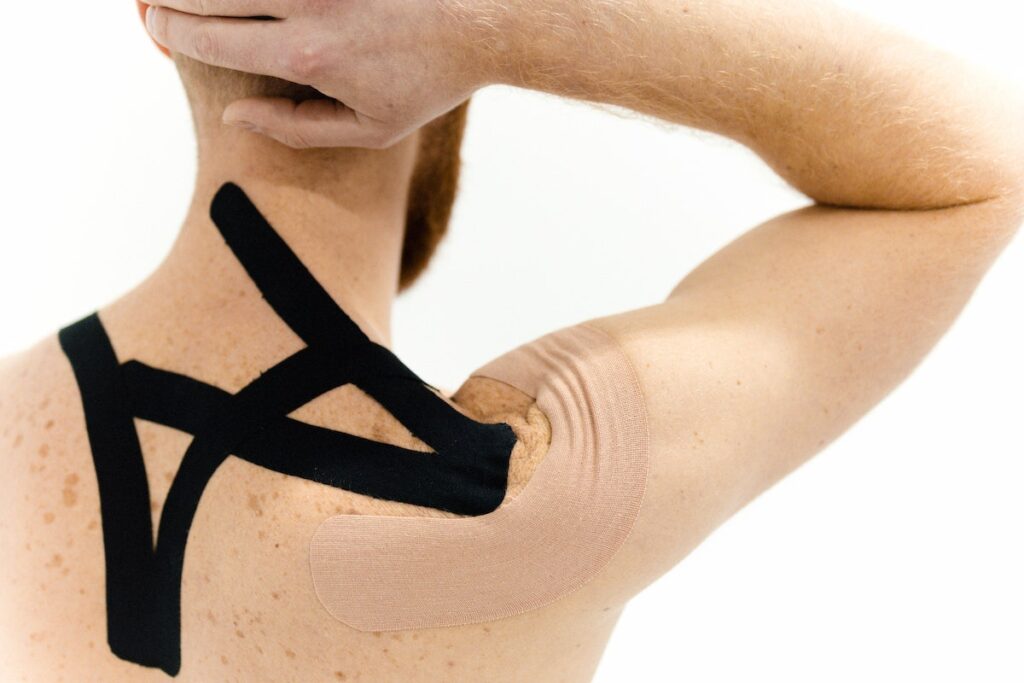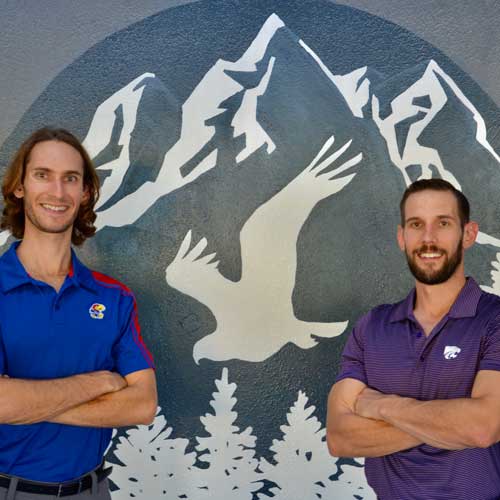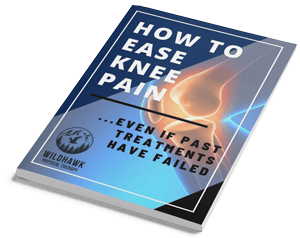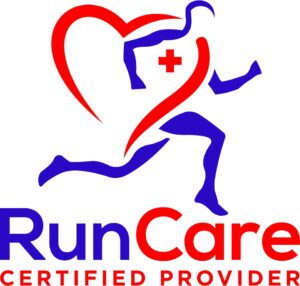
Introduction
Welcome to our comprehensive guide on shoulder injuries. In this blog post, we’ll delve into the intricate world of shoulder injuries, providing detailed insights into their causes, symptoms, and treatment options. Whether you’re an athlete looking to optimize your performance, an active individual aiming to maintain shoulder health, or simply someone curious about shoulder injuries, this information is designed to empower you with knowledge.
Unveiling the Mystery of Shoulder Injuries
The human shoulder is an incredibly complex and versatile joint. Comprising an intricate network of bones, muscles, tendons, and ligaments, it allows us to perform a wide range of movements, from lifting objects to reaching overhead. However, this complexity also makes the shoulder prone to various injuries and conditions. Let’s explore some of the common concerns within this category:
- Rotator Cuff Tears: The rotator cuff is a group of four muscles and their tendons that surround the shoulder joint. These muscles play a crucial role in stabilizing and moving the shoulder. Rotator cuff tears can occur due to overuse, trauma, or the natural aging process.
- Frozen Shoulder (Adhesive Capsulitis): Frozen shoulder is a condition characterized by stiffness, pain, and limited mobility in the shoulder joint. It often develops gradually and can be challenging to manage without professional guidance.
- Shoulder Impingement: Shoulder impingement occurs when the rotator cuff tendons or a bursa (a protective sac of fluid) become pinched or irritated between the bones of the shoulder. This condition is often associated with repetitive overhead activities.
- Labral Tears: The labrum is a ring of cartilage that lines the rim of the shoulder socket (glenoid). Tears in the labrum can result from acute injuries, such as dislocations, or from chronic wear and tear, leading to instability and discomfort.
- Bursitis: Bursitis refers to the inflammation of the bursa sac, which acts as a cushion between bones, tendons, and muscles around the joint. Shoulder bursitis can cause pain and discomfort, particularly during specific movements.
- Arthritis: Shoulder arthritis can develop due to the gradual wear and tear of the joint’s cartilage over time. This condition may lead to pain, stiffness, and decreased range of motion.
The Indispensable Role of Physical Therapy

In the face of these complex shoulder issues, physical therapy emerges as an invaluable resource for recovery and rehabilitation. Skilled physical therapists are experts in helping patients regain strength, mobility, and function in their shoulders. Their specialized knowledge and hands-on techniques can make a significant difference in the recovery process.
Is Professional Help Essential?
At this point, you might be wondering whether seeking professional help is necessary for your shoulder injury. The answer is a resounding yes, and here’s why: early intervention can substantially influence the outcome of your recovery. By addressing shoulder discomfort or limitations as soon as they arise, you can often prevent the condition from worsening and reduce the time required for rehabilitation.
Early Intervention is Key
Early diagnosis and treatment are crucial for managing shoulder injuries effectively. Delaying treatment can lead to increased pain, prolonged recovery times, and potentially more invasive interventions down the road. That’s why it’s essential to consult a healthcare professional if you experience persistent shoulder pain, weakness, or mobility issues.
Gaining Strength and Flexibility Through Treatment
Now, let’s explore what a comprehensive treatment process for shoulder injuries entails. Physical therapists tailor their approach to your specific condition, and the emphasis is typically on two key elements:
- Strengthening: Strengthening exercises target the muscles surrounding the shoulder joint. By gradually building muscle strength, you can enhance joint stability and support.
- Flexibility: Flexibility exercises focus on improving the range of motion in the shoulder joint. These exercises help alleviate stiffness and restore your ability to perform everyday activities painlessly.
Effective Pain Management

One of the most challenging aspects of shoulder injuries is the pain they can cause. Effective pain management strategies are a crucial component of the rehabilitation process. These strategies may include:
- Therapeutic Modalities: Physical therapists may use modalities such as heat, cold therapy, ultrasound, or electrical stimulation to alleviate pain and reduce inflammation.
- Pain-Relieving Exercises: Specific exercises and stretches are designed to target pain points and improve comfort.
- Manual Therapy: Manual therapy techniques involve hands-on manipulation of the soft tissues and joints. This approach can help reduce pain, improve range of motion, and enhance overall function.
- Activity Modification: Your physical therapist may provide guidance on modifying your daily activities to reduce strain on the shoulder and promote healing.
These pain management strategies not only provide relief but also aim to reduce the reliance on medications, injections, and surgery, whenever possible. Avoiding unnecessary medical interventions is often an essential part of a holistic approach to shoulder injury treatment.
Preventing Future Episodes
Preventing future shoulder injuries is a top priority in the rehabilitation process. Physical therapists offer valuable insights into:
- Proper Technique: Learning the correct techniques for activities and exercises can significantly reduce the risk of future injuries.
- Ergonomics: Understanding ergonomic principles at work and home can help you protect your shoulder from undue stress.
- Conditioning: Maintaining strength and flexibility through ongoing exercise and conditioning can safeguard against future issues.
Conclusion
In conclusion, shoulder injuries can be challenging, but with the right guidance and expertise from WildHawk Physical Therapy, you can achieve a full recovery and regain your quality of life. Don’t let shoulder pain hold you back from enjoying life to the fullest. If you’re seeking professional help for your shoulder injury, reach out to us at WildHawk Physical Therapy and take the first step toward recovery.
Frequently Asked Questions:
- Q: What causes rotator cuff tears?
A: Rotator cuff tears can result from repetitive overhead motions, traumatic injuries, or age-related degeneration. The rotator cuff is prone to wear and tear over time. - Q: How can physical therapy help with frozen shoulder?
A: Physical therapy is essential in managing frozen shoulder by improving range of motion, reducing pain, and restoring function through targeted exercises and manual techniques. - Q: Are there exercises to prevent shoulder impingement?
A: Yes, our physical therapists can recommend specific exercises and techniques to strengthen the shoulder muscles and improve posture, reducing the risk of impingement during activities. - Q: Can I continue playing sports with a labral tear?
A: It’s crucial to consult a physical therapist for an individualized assessment. In some cases, you may need to modify your activities to prevent further damage, while in others, a rehabilitation plan can help you safely return to sports.










